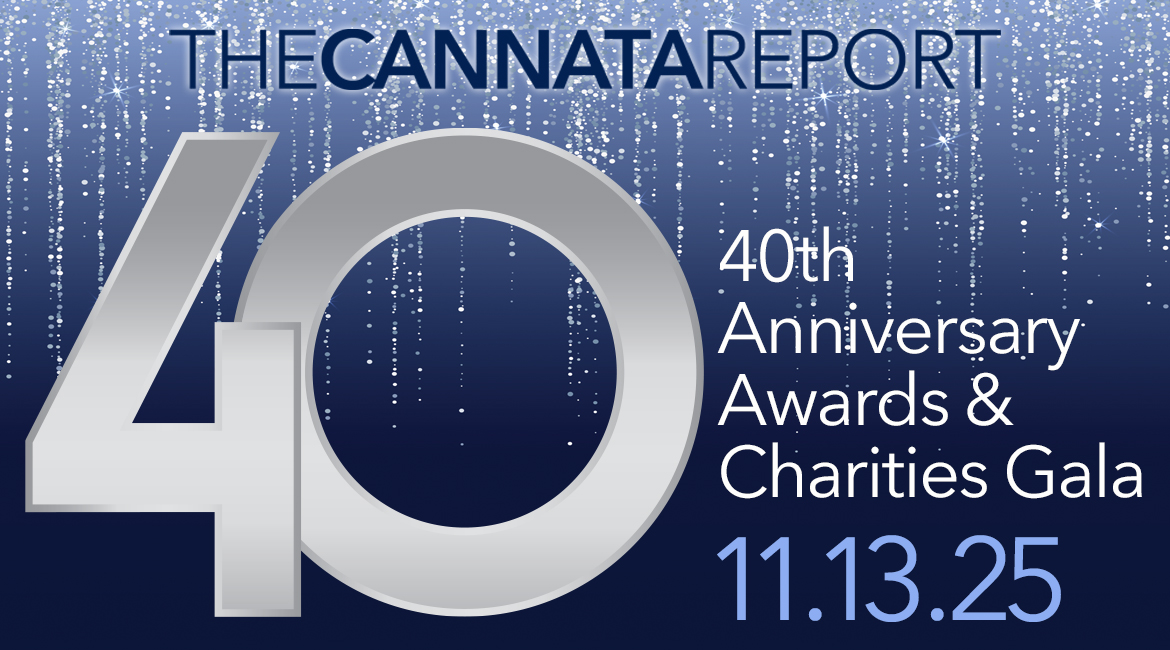The theme of The Cannata Report’s February issue, which is scheduled to launch later this week, is diversification. Included in that issue is a Virtual Panel featuring members of The Cannata Report’s Advisory Board, responding to questions about diversification, supply chain, and e-commerce. To complement that Virtual Panel, we asked key executives from different segments of the industry to respond to similar questions. This is how they responded to the question: If a dealer were to ask you how to diversify my dealership so the focus isn’t exclusively on traditional office printing, what would you suggest?
“We have all been very blessed to work in an incredible industry, providing print and document management solutions throughout the country to organizations of all sizes and in all industries. As traditional print continues to decline, all dealerships must expand their offerings and revenue opportunities by leveraging their own unique strengths, capabilities, and infrastructure in their geographical areas. Dealerships have developed tremendous trust and goodwill with their customer bases, so providing additional products and solutions that these customers need could be a good fit. We’ve seen an example where a dealership began offering temperature kiosks that opened the door for traditional print opportunities with a brand-new client. This led to a large opportunity that otherwise did not exist.
“As our market matures, Hytec also continues to look for new products and solutions that we can introduce to our valued, dealer customers, with the ability to also provide aftermarket and depot support as needed.” Eric Auman, president, Hytec Dealer Services
“By continuing to embrace digital transformation and uncovering new technologies and growth areas such as managed IT, ECM, security and managed voice, dealers have a huge opportunity to grow their business beyond traditional office print and increase revenue. Dealers should also be armed to support the hybrid workforce to meet customers’ evolving needs for managed services, security, collaboration and more. This entails taking on a much more consultative role to identify each customer’s unique needs – which can vary by industry – and strategizing the best technology options for each clients’ workforce.
“Growth segments in production print, such as labels and packaging, wide format, high-speed inkjet and embellishment are also creating opportunities. As a market leader in this area, our core products have unique technology and capabilities that allow for automation, equating to profit. Growth for label printing and folding cartons in particular remains significant, even throughout the pandemic.
“Dealers can also realize additional profit by offering more products and services to their existing base of customers. Additionally, they should look at alternative bundling options, like one-rate type models, solutions, programs, anything they can do to basically go deeper into that customer’s business needs.” Laura Blackmer, SVP, dealer sales, Konica Minolta Business Solutions U.S.A.
“If the pandemic taught our industry anything, it is to diversify your dealership and expand professional/IT services beyond print. COVID has accelerated digital transformation in the workplace, and as such, the trend towards the low-touch office, more robust security features, and the shift from A3 to A4 devices. Each of these trends is linked – the hybrid office is here to stay; work from home is now the corporate home office, where security, workflow, and process must be maintained at the same level as possible within the corporate office. In addition, scanners remain a great addition to offerings given the corporate hybrid landscape, enabling customers to use cloud services, ensuring workflow can continue, despite the move to a more hybrid workforce. Brother also suggests businesses extend their Corporate Managed Print Services (MPS) to accommodate workforce decentralization and address new security and service requirements to meet the new mobile world’s demands. Beyond traditional office printing, businesses should be offering solutions that reduce contact, enhance efficiency, and strengthen their distributed document workflow around the entire document ecosystem. Furthermore, secure document management solutions and A4 lineups will help organizations thrive in a post-pandemic world.” Bob Burnett, director of B2B solutions deployment and planning, Brother USA
“Now more than ever, customers are looking to have meaningful dialogues with partners that are focused on their specific challenges and can offer solutions that go beyond just print. Nowadays, software and services that address customer workflow challenges as well as the security of that business information are just as important as the hardware solution. This is one of the biggest areas of opportunity that is emerging in the new work environments. It is also important to customers that a potential partner’s sales professionals are focused on having business conversations versus solutioning up front. Our primary suggestion to dealers is to apply focus and resources to transform and trust their print provider to help with managing customer information workflow. Dealers can also leverage manufacturers’ resources to deliver solutions as they develop their in-house capabilities.” Jim Coriddi, vice president, dealer sales, Ricoh USA
“Firstly, like any business, dealers should be looking to build upon areas where they are already particularly strong. Solid foundations act as a launchpad to diversification. The accumulated experience, knowledge, and expertise make the transition to new markets much smoother. This organic approach to diversification reduces risk and also helps minimize the fear of the unknown. Therefore, the most logical strategy for many dealers will be to move away from a hardware-heavy approach towards an offering that integrates document solutions and Enterprise Content Management (ECM). This, however, is a challenging task. It is a complex market with a huge volume of products; customer support is totally different to that of hardware, and the margins are complicated. To overcome such challenges and establish a steady foothold from the get-go, dealers must consider working alongside manufacturers, leveraging their expertise and scale.
“Meanwhile, dealers specializing only in office printing would be well advised to expand into other areas such as production and industrial printing. If we have learned anything from the last 18 months, it has been the value of being versatile and adaptable. The same applies to printing, and, as mentioned, working hand in hand with manufacturers represents a strong entry point.
“There will be many dealers who have already moved into the ECM space and are now looking for new ways to add value to their portfolio. This may see IT solutions become a trending topic in 2022. Dealers should be warned: this is a market that demands a whole new set of resources – both in terms of finances and personnel. A strong relationship with vendors is essential to ensure a wide offering of solutions that meet changing customer needs. Some dealers will have the financial muscle to acquire a small IT vendor, and others should again look to get up and running by partnering with a manufacturer.” José María Estabañez, vice president, corporate marketing group, Kyocera Document Solutions America
Access Related Content





